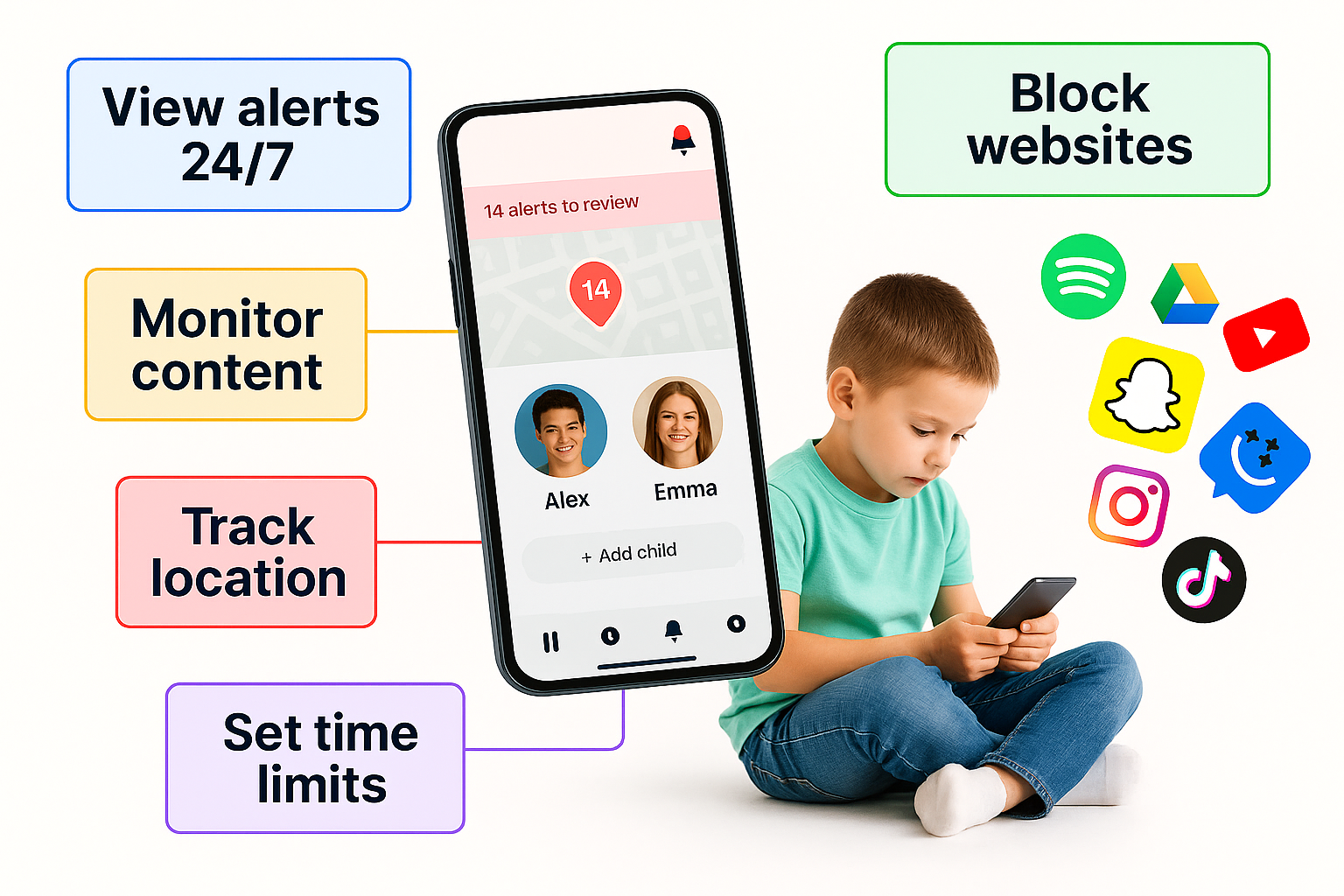🌱 Healthy Phone Routines for Kids: Practical Tips Every Parent Can Use
Why Routines Matter
Smartphones are now part of childhood — but without guidance, they can overwhelm kids. The Pew Research study shows that families who set healthy phone routines experience fewer arguments and more balance at home.
Instead of treating phones as the “enemy,” the goal is to teach kids how to use technology wisely, so it supports growth instead of getting in the way.
Practical Screen Time Strategies
- Phone-free bedrooms at night
Sleep is one of the first things harmed by late-night scrolling. Charging phones outside the bedroom helps kids get better rest. - Tech-free meals
Families who set aside meal times as screen-free reported stronger connections and fewer conflicts. - Homework first, screens later
Creating a routine where schoolwork comes before entertainment reduces stress for parents and helps kids focus. - Scheduled breaks from devices
Encourage outdoor play, sports, or hobbies as offline activity alternatives to balance screen use.
Building Responsibility Gradually
Not every child is ready for the same level of freedom. Many experts recommend starting with a starter phone for kids — a device that allows calls and texts but blocks risky apps.
As kids show maturity, parents can allow more features. This creates a pathway where technology feels earned, not given all at once.
The Role of Parents
Healthy routines work best when parents also set an example. Teens often complain that adults preach “less screen time” while constantly scrolling themselves.
By showing phone etiquette in families — like putting devices down during conversations — parents reinforce the same rules they ask kids to follow.
Why Balance Beats Perfection
No family will get it right all the time. What matters most is consistency, open communication, and adjusting as kids grow.
The goal isn’t zero screen time, but digital wellness for children:
- Enough sleep.
- Time outdoors.
- Focused learning.
- Safe communication.
When routines support these areas, technology can become a positive part of a child’s life.
Smartphones aren’t going away — but bad habits can. With practical routines, open dialogue, and age-appropriate devices, families can replace constant conflict with confidence.

